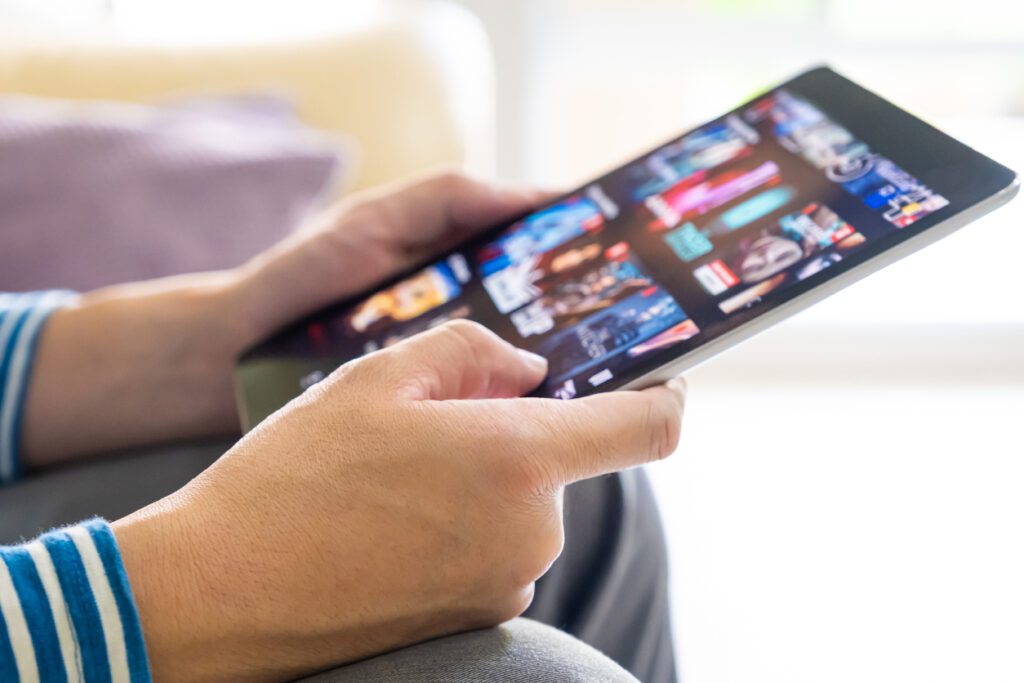3 Tips For Creative Testing on a Budget


The political digital advertising industry notoriously falls short when it comes to testing. More often than not, it’s not the fault of the professionals in the field. Late money, a lack of institutional knowledge due to cycle hires, and the doomsday clock ticking down to Election Day are all external contributors that make testing in our industry more difficult than most.
With that said, here are three strategies to try to break the mold and improve digital testing this cycle:
Timing is everything
If a campaign is able to designate small budgets to begin testing months out from the election, it’ll save money in the long run. These campaigns won’t have to compete for inventory or pay creative expedite fees, and will be able to run tests on things like message tracks, voice, and tone for longer periods.
Strategically, the more time a campaign has to test, the sharper the results will be. Instead of just focusing on major testing factors (ex. issue area), a longer runway will allow campaigns to also test more granular elements of a campaign, like button-text/calls-to-action, color and design, and hook.
Maximize production budget
Testing can be expensive – especially if a campaign is hoping to test video creative.
To save resources, create a plan before the shoot to maximize the production budget. If possible, consider using the same actors/talent in different takes trying different tones (compassionate, angry, empowered). Or consider using the same production set with varying talent (woman vs. man, Gen Z vs. Boomer) to allow you to cut multiple iterations in post-production.
No budget to test?
As nimble as digital advertising is, sometimes testing on a shoestring budget is out of question. While this scenario is less than ideal, campaigns can test organically as well as take a peak behind the curtain of what opponents are doing.
It might feel like the organic algorithms are changing daily, but organic social media — or even email — is still a tactical way to see how your audience will react to various content before putting budget behind it. Is one video or post generating engagement at a higher rate than others? What’s different about that piece of creative vs. previous pieces?
If a campaign is out of time to run tests on organic social, doing a deep dive into ad libraries shine a light not only what content competitors are putting out, but also snags insights on what they’re spending the most money on and where.
With the digital advertising landscape rapidly changing (new restrictions to targeting as well as platforms reversing course on banning political ads), the political industry needs to keep up. And if campaigns want to stay ahead of the curve coming into the 2024 cycle, that’ll mean testing on more than just Facebook and Instagram.
Cheryl Hori is the founder of Pacific Campaign House, a full-service digital agency servicing progressive and mission-driven organizations.
